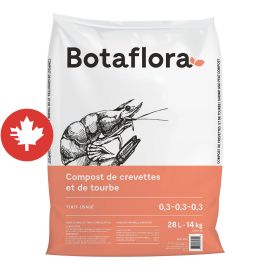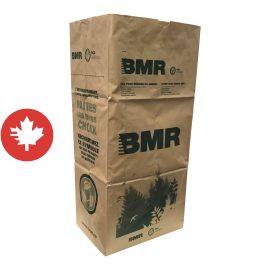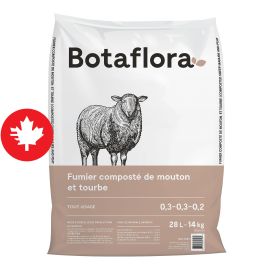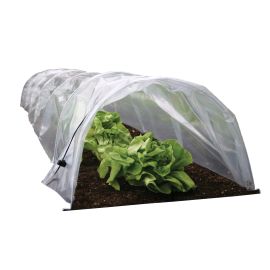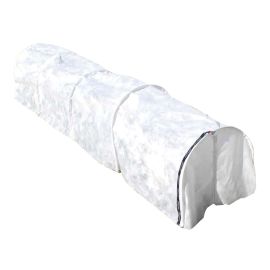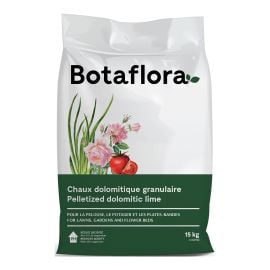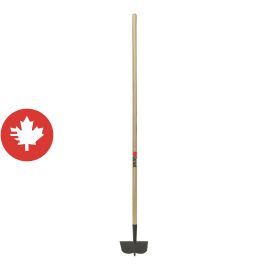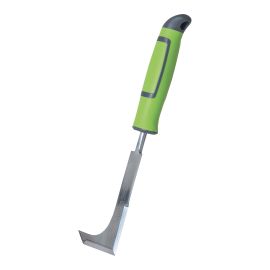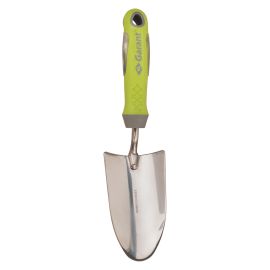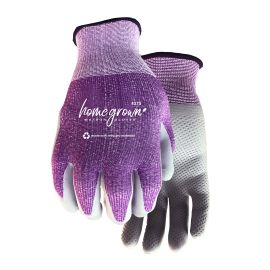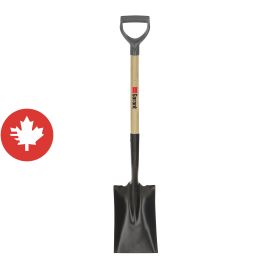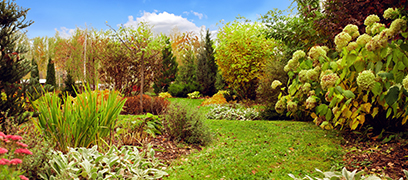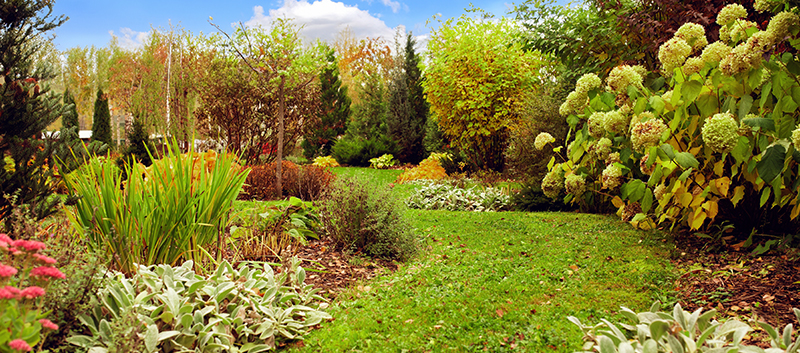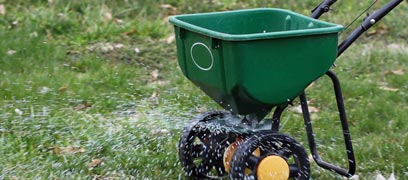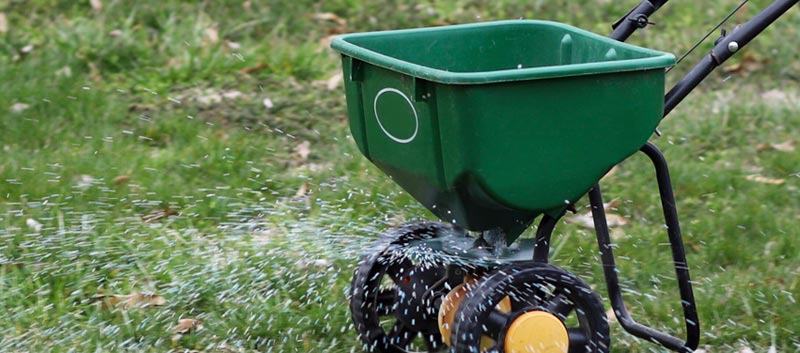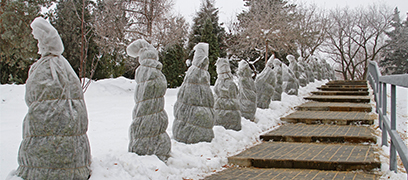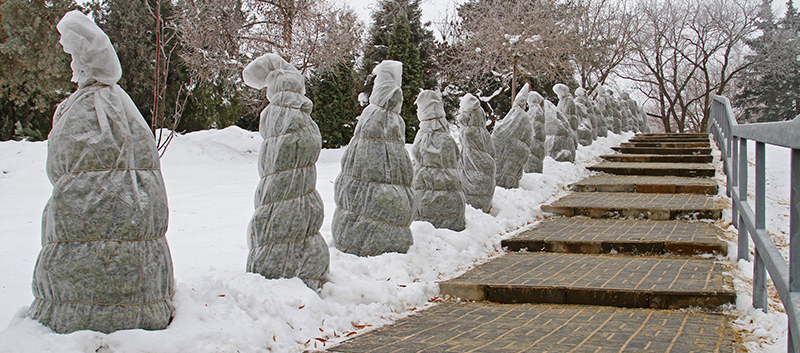As the days get shorter and the heat of summer starts to fade, it may feel like gardening season is ending. But between harvesting your last summer crops, sowing fall vegetables, and preparing for winter, there’s plenty to be done before the first snowfall! Here’s an autumnal to-do list for your vegetable garden.
When to harvest your fall vegetables
It’s important to harvest non-frost-hardy vegetables before the first frost. These include lettuce, tomatoes and cucumbers, which can’t survive near-freezing temperatures.
You can give your vegetables a few extra days of ripening with garden tunnels—the same ones you’d use to keep your seedlings warm in early spring.
Harvest your annual and perennial herbs and dry them, so you can keep enjoying them through the winter.
When the first hard frost hits, it’s time to harvest your hardiest vegetables, such as cabbage, turnips and carrots.


What to sow and plant in fall
Be sure to sow vegetables that can still grow in cooler temperatures. Kale, radish and turnip are great for autumn gardening and can be harvested quite late in the year.
Garlic is another good vegetable to plant now. The bulbs will go dormant for the winter and be ready to harvest in the spring.


How to clean and prep your garden for winter
Clear out dead plant matter and compost it or put it in yard waste bags to be picked up by your local collection service. Separate any leaves or branches that have insect damage or signs of disease and dispose of them in the garbage to avoid spread.
Apply compost or manure to enrich your garden soil and ensure the best possible plant growth next spring.
You can also sow a green manure like clover or alfalfa, which “fixes” the nitrogen in your soil so it can be used by your vegetables next year. Nitrogen is a crucial nutrient that plants need to develop properly. On top of adding nutrients to your soil, green manure acts as a blanket in winter, shielding your sleeping garden from the wind, ice and snow.
If you’ve done a soil analysis and found that your soil is too acidic, you may also want to apply lime around this time of year. Adding lime to your soil in the fall will gradually correct the pH over the winter.
And of course, you’ll need to weed your garden to set yourself up for spring. Use a cultivator to get rid of the last remaining weeds.


Ready to get started? Visit your local BMR and talk to an expert or visit our website to find all the tools you need to get your garden ready for winter.
